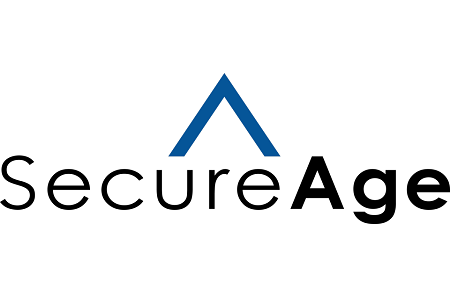10 Best Practices to Prevent DDoS Attacks
2020 was the year of the DDoS attack. Distributed Denial of Service (DDoS) attacks spiked over the last year, driven by the pandemic and the fact that so many people were locked down, working from home, and using online services to get through the pandemic. According to a report from NETSCOUT, more than 10 million DDoS attacks were launched last year, targeting many of the remote and essential services people were using to make it through the lockdown.










